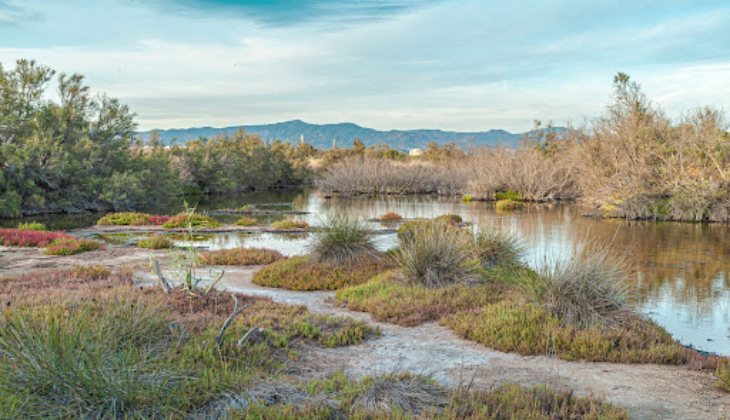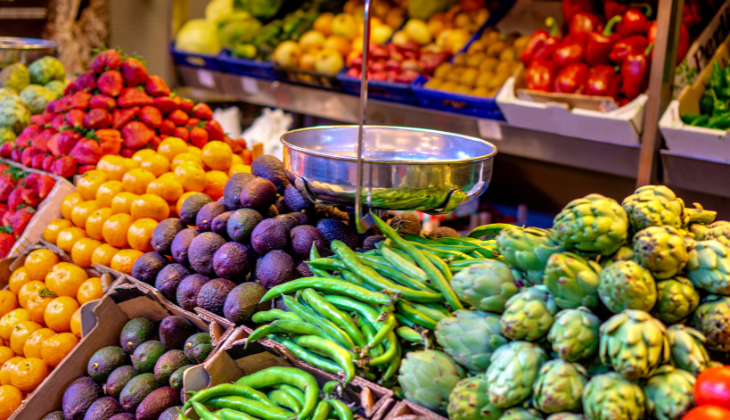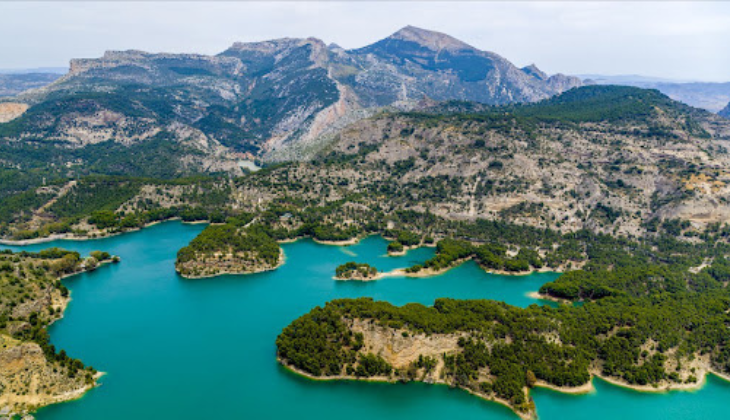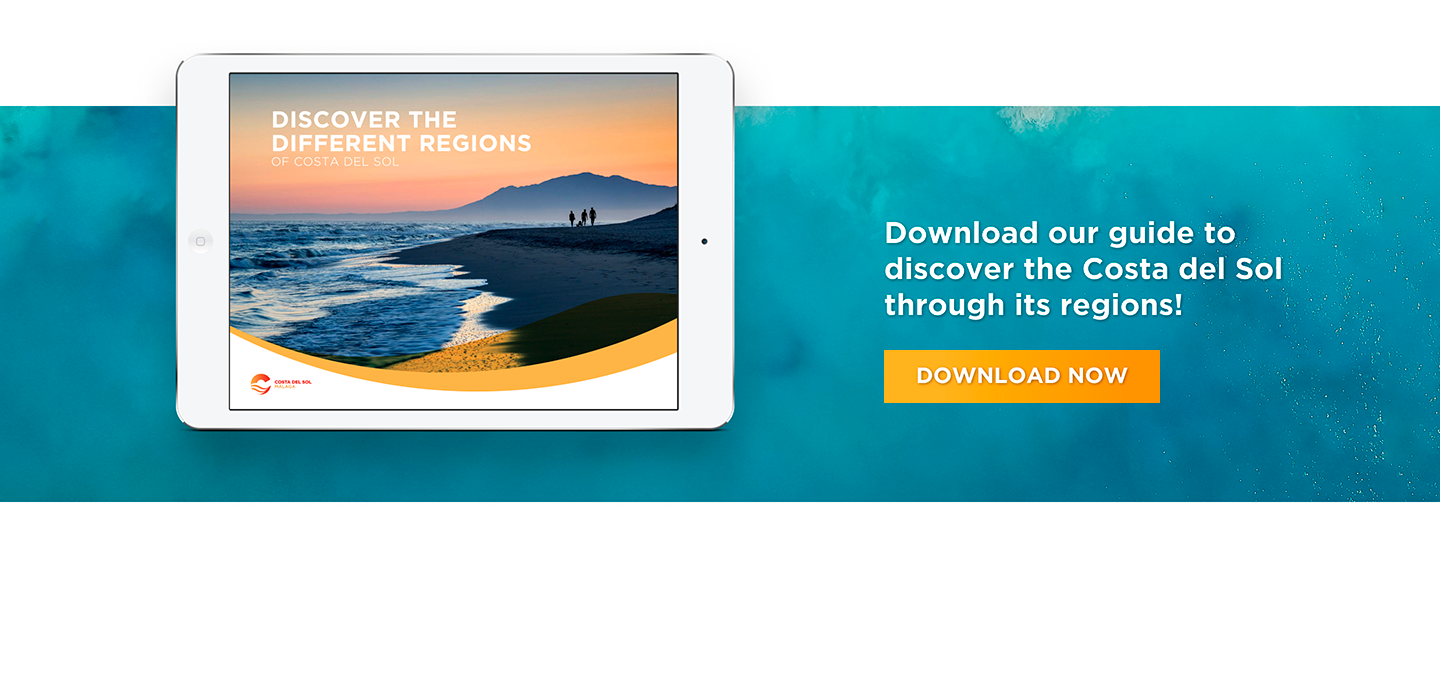Valle del Guadalhorce is arguably the region that is most committed to sustainable development in the Costa del Sol. Known as la olla de Málaga (Malaga’s cooking pot) due to the wide range of produce grown here all year round, the area not only plays an important role as a green corridor, it has also run a number of projects and initiatives over recent years aiming to protect and raise awareness about the environment. In this post, we’re going to interview Margarita Jiménez Gómez, coordinator of the agrifood department at GDR del Valle del Guadalhorce, to talk about some of the area’s sustainability plans. Keep reading.
What inspired Valle del Guadalhorce’s commitment to the environment?
Valle del Guadalhorce’s commitment to sustainability stems from the region’s role as a green corridor connecting areas of great environmental importance, such as Sierra de las Nieves national park, Desfiladero de los Gaitanes and Desembocadura del Guadalhorce. Within this green corridor there are a number of Places of Regional Interest located close to the two biggest tributaries of the Guadalhorce river, the Grande and Fahala rivers.

Meanwhile, over 75% of our land is used for agriculture, especially perennial crops such as citrus and olive trees. This constitutes a green area that serves both Malaga city and the Costa del Sol as a whole. Over the past decade, the region has seen great growth in organic agriculture, becoming a leader in the field, with more and more organic players occupying more and more of our land.
What sort of sustainable activities are taking place in the region?
Given that our region has a clear vocation for farming and an interest in environmental sustainability, a plan of action was set up to promote organic production. This plan, paired with the growing popularity of more sustainable and resilient types of farming, has resulted in the total surface area dedicated to organic agriculture almost tripling in Valle del Guadalhorce over the past decade. Research projects are currently underway to design a more sustainable model that will make our region an example of the circular economy. It is doing this by seeking to integrate produce that is grown in smaller numbers into the biggest groups of produce to close the circle.
At the same time, there has been a push to promote and raise awareness about local, organic and seasonal products. Our food system has a huge impact on the environment, particularly the final phases: packaging and distribution. By promoting local foods, we can have a positive impact on the land around us and help to counter climate change.
How has the province of Malaga evolved in terms of sustainability over the past decade?
Sustainability’s image has improved a great deal in recent years. Our province is very cosmopolitan, being home to people from lots of different countries, which is something we think has helped to really raise awareness about climate change. Malaga is the Andalusian province with the highest consumption levels of organic products. We think that the organic markets held weekly throughout the province have something to do with this.

What are the sustainability challenges the area still faces?
Although there have been advances with regards to the sustainable management of our land and resources, there’s still a long way to go. What we need to see is more commitment and coherence between the different initiatives and projects led by the different administrations in the region. For instance, there aren’t any measures in place that require restaurants to use a certain percentage of locally sourced - or if we want to go a step further, organic - products. After all, food has a huge impact on the environment and the fight against climate change. There also needs to be more information campaigns promoting responsible consumption and the circular economy. Now more than ever, we need to be living by the three Rs: reduce, reuse and recycle.
How can visitors contribute towards sustainability during their time in Valle del Guadalhorce?
The best way for visitors to contribute towards sustainability in our region is to ask for local, organic and seasonal produce in our restaurants. We’ve also seen a rise in the number of tourist experiences revolving around this type of agriculture, both in the countryside and at companies’ premises. By asking for these sorts of experiences, visitors will be directly contributing to supporting the food system and, in turn, protecting Valle del Guadalhorce’s natural resources. There is also an extensive network of cultural and heritage sites connected to the food system. For instance, there’s a beautiful walk that will take visitors to the irrigation system that dates back to Moorish times.








